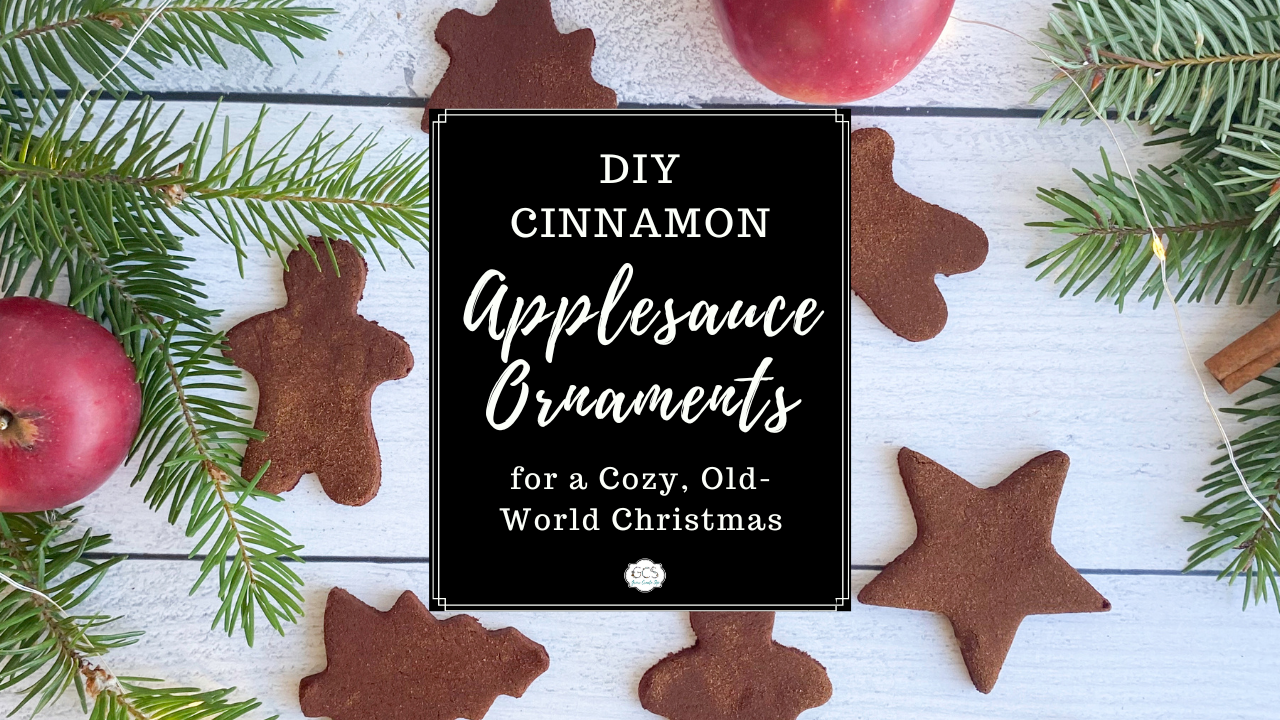How to Plant, Grow and Care for English Lavender & Other Edible Blooms
Mar 25, 2022
We have been lied to about lavender. While many like to share that lavender was a biblical plant, unfortunately, those statements have been confused with another plant referred to as Spikenard. Spikenard is much different from the variety of spike lavender said to be the same plant as mentioned in the Bible. Making this an excellent reason to learn botany and Latin names of plants.
Lavendula and spikenard are two different plants and have very different medicinal properties and histories. The good news is, all kinds of lavender variants, like Lavandula angustifolia, are really easy to grow. With that in mind, however, there's a lot we need to know about this hardy plant before we get the full benefit of growing lavender. Let's see what it's all about.
Understanding Lavender Variants
Lavender is actually a member of the mint family, believe it or not, and it's one of the most widely used plants in the world. The genus Lavender (Lavandula) contains 47 species, but there are five main types.
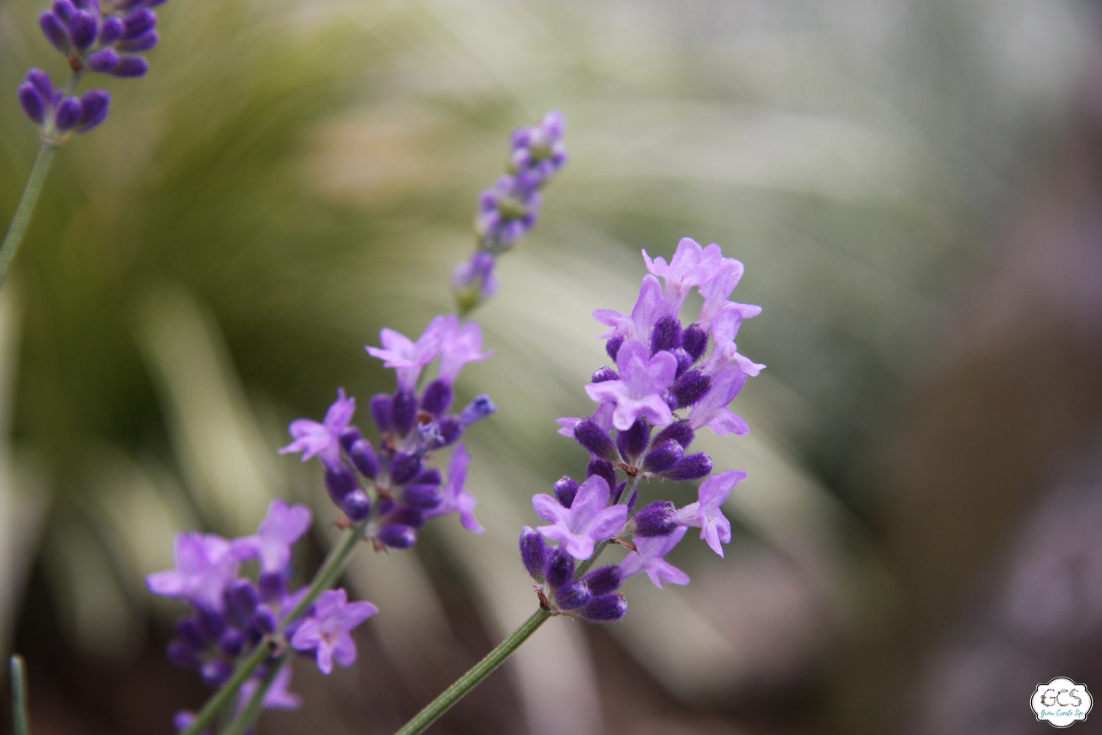
Lavandula Angustifolia
With its aromatic leaves and fragrant flower spikes, English lavender is grown for its oils, and for its leaves and blossoms, which can be dried and used to make herbal remedies of all kinds. It's also a lovely garden plant with brilliant purple flowers that bloom from late spring to early summer.

Lavandula Stoechas
Also called French Lavender, Spanish Lavender, or Butterfly Lavender, this species is recognizable by its dense flower heads, which are almost like little spikes with butterfly wings on top. They're grown for their silvery, aromatic leaves, and used widely for essential oils for sleep.
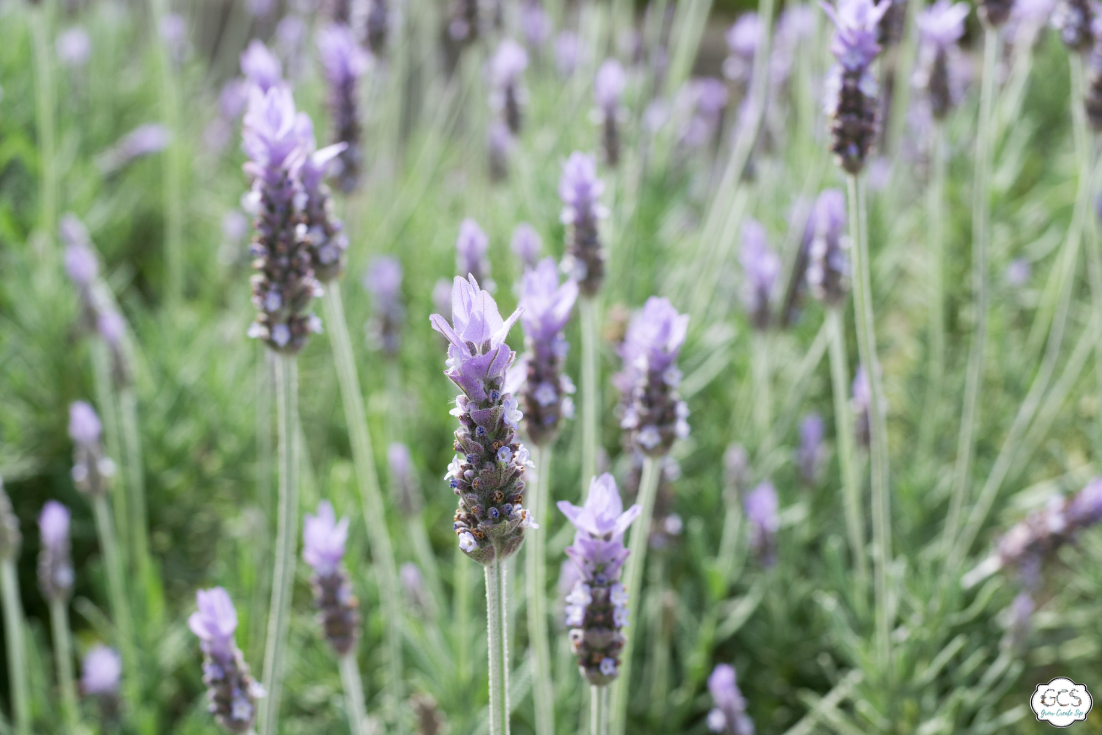
Lavandula Dentata
Lavender dentata is a bushy shrub with narrow, dark green leaves and sharp, lobed edges that spread widely. They have long, unbranched stalks with short, dense spikes of lightly-scented purple-blue blooms.
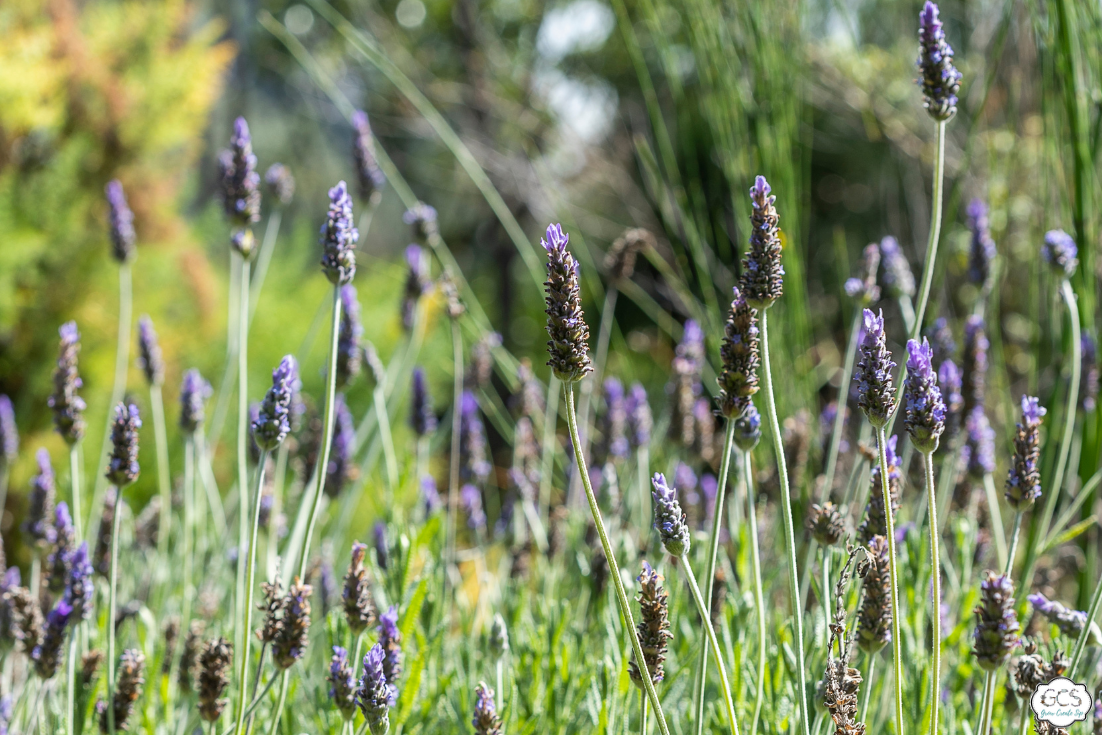
Lavandula Latifolia
One of the three original lavender types, we often use it as a pollinator for the creation of hybrid lavenders. It is also known as broadleaved lavender or Portuguese lavender.

Lavandula Intermedia
Lavender intermedia, or Lavandin, is a cross between English Lavender and Portuguese Lavender. These cultivars are a bit more sensitive than other species but grow bigger and better than other Lavenders. They're great for a floral focus in a garden and are widely grown for their oils.

How to Grow Lavender Plants
Small plants planted one to three feet apart in the spring are the ideal way to get started with lavender. These plants grow to be two to three feet tall, with narrow gray-green leaves on square stalks. The leaves may even remain evergreen in warmer areas.
Lavender may grow at a somewhat sluggish rate during the warm season, as its woody base gradually expands, but fresh stem development can reach up to several inches.
Planting in the Ground
Before planting, dig over any free-draining soil and eliminate any weeds. Plant atop a 20-30cm (8in-1ft) mound, ridge, or raised bed if your soil is heavy.
It's best to plant a lavender tree in April or May, as the soil is naturally warmer. We should never plant lavender in winter, as the young plants will be especially vulnerable to rotting in cold, wet soils.
Planting in Pots or Containers
We can also grow lavender in containers with a diameter of 30-40cm (1ft-16in). Select a container with plenty of drainage holes, and use multipurpose or loam-based soil. To increase drainage, add a lot of coarse grit or perlite (up to 25% by volume).
Plant the lavender at the same height as it was in its previous container. If the weather is hot and the compost begins to dry out, water well, and then water at regular intervals (once or twice a week) over the summer.
Some Extra Tips
- Plants should be grown in raised beds or containers if the natural soil is clay-like or thick.
- Mix rocks or shells into sandy soil for extra drainage.
- Make sure there is plenty of air around the plants for good circulation. If possible, avoid planting near a wind barrier, like a wall.
- There's no need to mulch because we don't want moisture to become trapped.
Light
We should aim to grow lavender in full sun, no matter the variant. Plants in shady areas tend to get leggy and produce fewer blooms. However, in really hot areas, the plants will benefit from some afternoon shade. Choose a spot that gets plenty of sun (6+ hours per day).
Soil
English lavender requires soil that is slightly sandy or gritty yet drains well. Use soil that has a pH of 6.7 to 7.3 (neutral to slightly alkaline) where possible. Root rot is typically caused by humusy, moist soils.
Aim for a soil that is comparable to that of its native Mediterranean location, which is dry and unproductive. Organic matter in the soil is not only unnecessary, but it could also cause difficulties.
Pruning
To encourage ongoing bloom, remove wilted flower stalks. After fresh stems and leaves grow in the spring, prune to form.
Before the first frost, a modest pruning in late summer or early fall ensures good air circulation, which helps to prevent rot. Although English lavender blooms just once per season, certain types may produce a second flush following trimming.
Watering and Fertilizing
For the first week, we should water young plants every other day. Water mature plants once or twice a week, depending on your climate, but make sure they dry out between waterings. Lavender is known for being drought resistant.
An English lavender bush doesn't need to be fed very often. In fact, fertilizing lavender may actually prevent it from flowering.
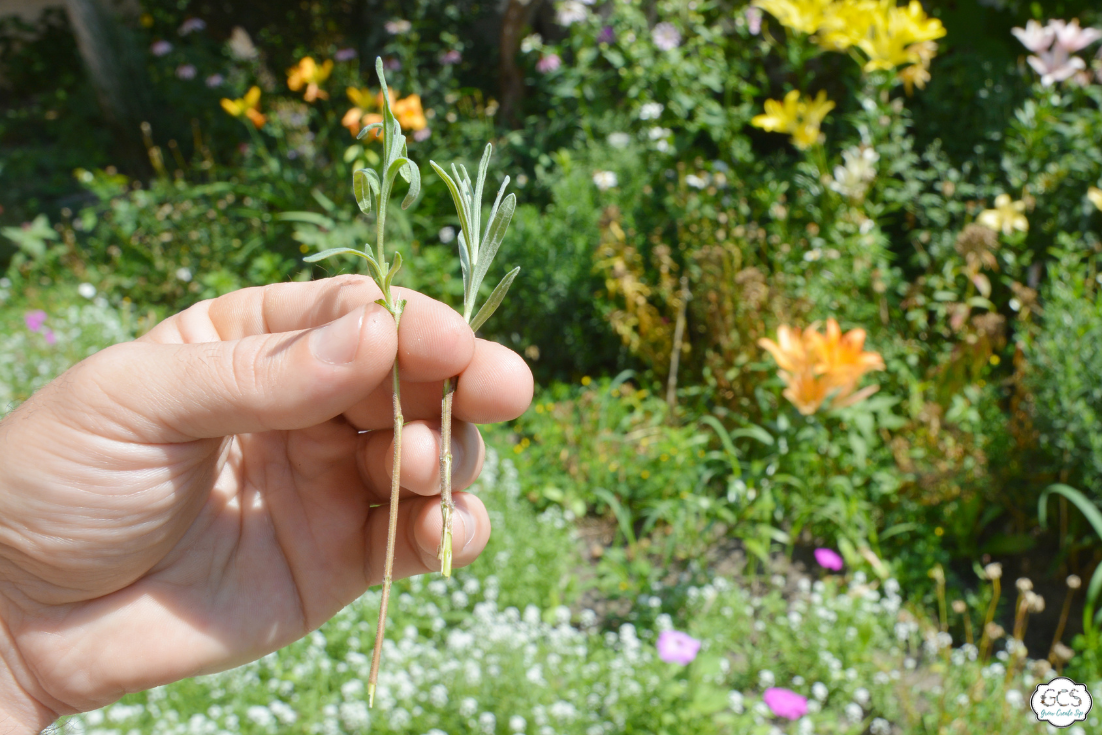
Propagating Lavender
Taking cuttings from lavender is a great way to get lots of new plants for free, and they root really easily.
- Cut six-inch-long shoots that don't have a bloom or bud with a clean, sharp tool. Lower leaves should be removed.
- Dip the cut ends of the branches in rooting hormone.
- Plant cuttings in a pot with potting soil or sand.
- Keep the cuttings in part-shade and water them often until they are well rooted (approximately three weeks) and ready to put outdoors or in a container.
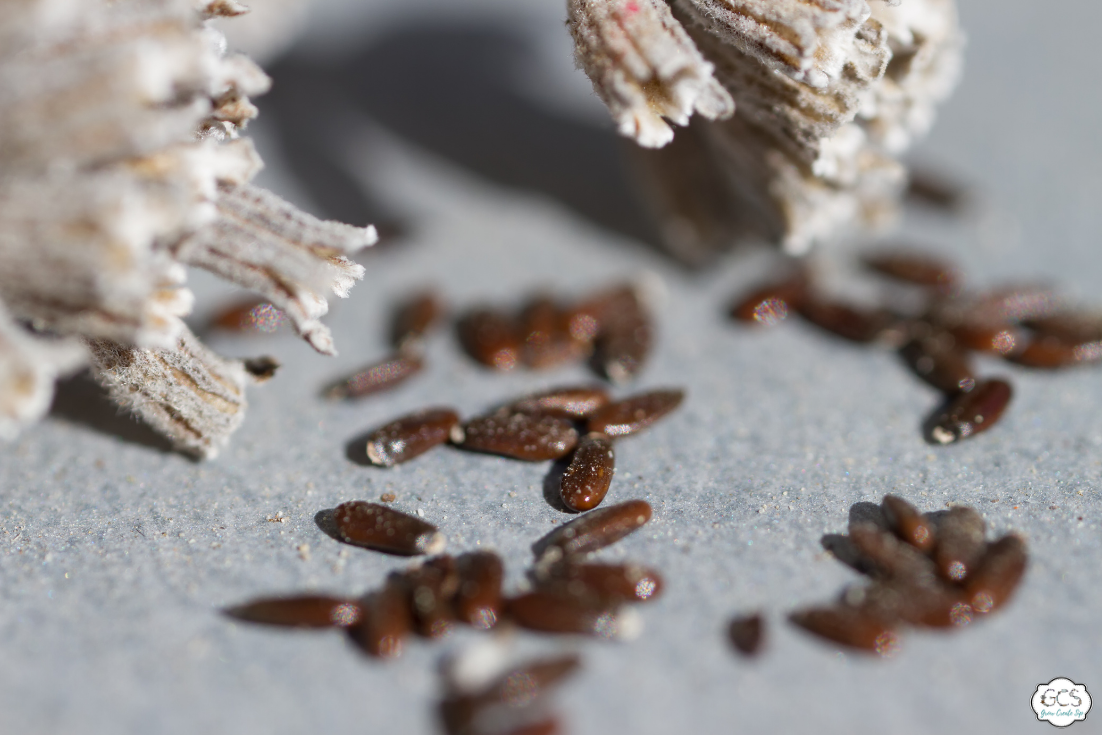
Growing From Seed
While it can be challenging, growing lavender from seed is incredibly rewarding! The seeds will need to be stratified first. Otherwise, it's unlikely we'll see any growth from it at all.
After that, however, they'll do great in a propagator with warm, damp soil.
- Sow the seeds from February to July on a bed of damp seed compost.
- Cover with a sprinkling of vermiculite.
- Place in a seed tray or seal inside a clear bag till germination (up to 21 days).
- Keep the compost warm and moist (not wet) and make sure they get plenty of light.
- When the seedlings are big enough to handle without damage, transplant them into small pots.
Best Spots in the Garden
Most species will be absolutely fine planted in the ground, but Lavandula stoechas are best grown in pots (as they aren't as hardy as their cousins), so we can move them when the frosts come down for winter.
For added aroma and visual effect, group several plants together. (This also makes it easy for visiting bees to pick the plants.) A lavender garden particularly benefits from the heat reflected off hard surfaces.
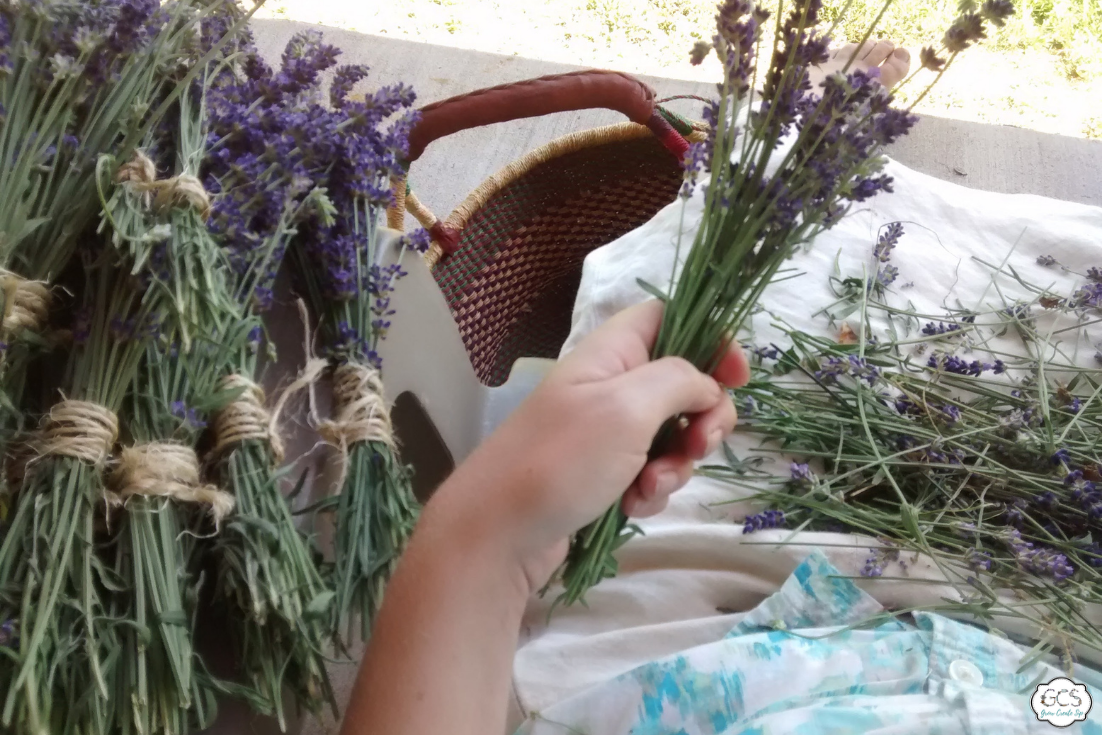
Harvesting Lavender
It can take about three years for the plants to mature enough for them to reach their full potential. In the first year or two, we can pick a few sprigs, but it's best to leave it alone to develop more.
If we're choosing lavender for its aromatic purposes, then it's best to pick it early in the morning. Most of the blooms should still be unopened buds. The reason for this is that the oils are most potent in the morning, and fade with the rising heat.

Picking Lavender
Instead of breaking the stems by hand, we should use sharp shears or pruners to collect lavender. We want to leave a couple of leaf groupings at the base of the plant and cut the stems nice and low.
To keep them neat and tidy, we can tie them together with twine or rubber bands. If we want to dry these bundles, we can hang them somewhere warm and dry, but out of direct sunlight.

Cooking With Lavender
Yes, we can eat lavender! In fact, it's really tasty. Lavender, like rosemary and thyme, is a great herb for a variety of dishes, not just for home remedies and medicine.
The Difference Between Normal Lavender and Culinary Lavender
Lavender comes in two basic types: ornamental lavender and culinary lavender. We use mostly ornamental types for decoration and essential oils, while we grow culinary lavender for its flavor.
It's less bitter after cooking and is overall more aromatic. All lavender is edible, but some are just better than others for cooking.
Recipe Ideas
Lavender pairs particularly well with light and bright flavors, such as lemon, berries, honey, and mint. It's delicious in baked goods, like lavender lemon scones, or in savory foods, like a dry rub.
Some ideas for using lavender in cooking are:
- Dried lavender-infused sugar
- Peach lavender jam
- Lavender lemonade
- Lavender tea cookies
- Lavender honey
- Making unique tea blends
In fact, using lavender in kombucha is a great refreshing way to use up that garden lavender! The natural probiotics from the kombucha and this tasty lavender strawberry drink will hit the spot.
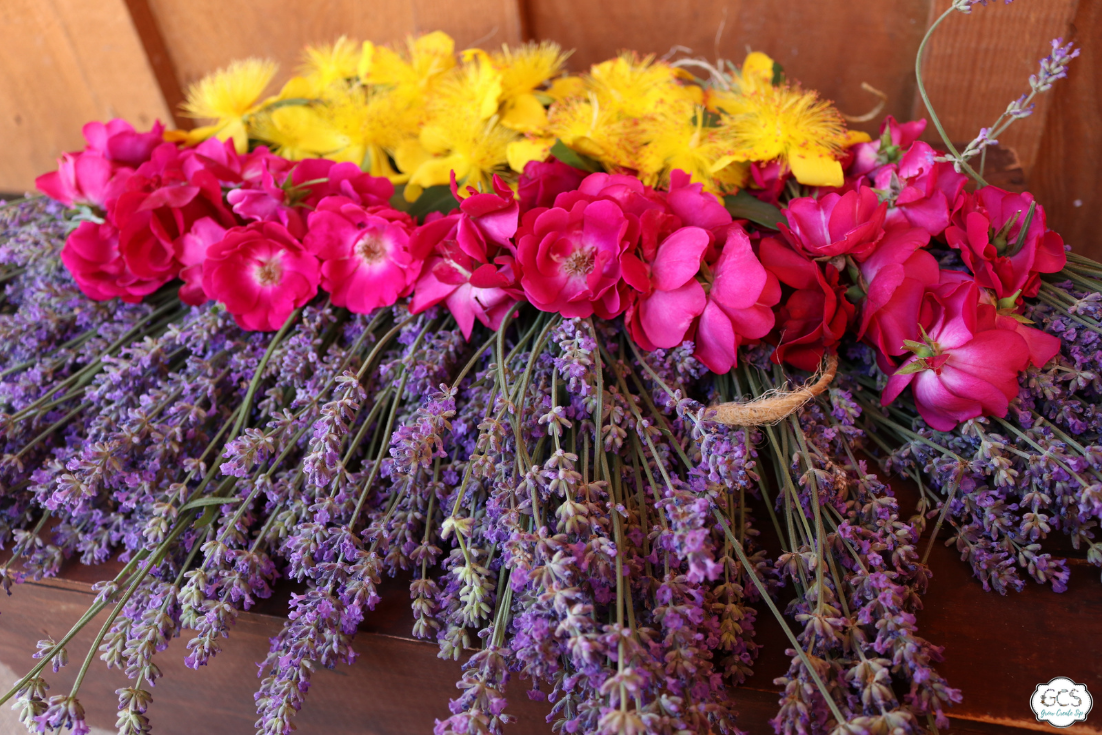
Bring on the Blooms
Whether we want to plant Lavandula angustifolia or explore some lesser-known species, lavender is a great plant for any garden. As long as we're taking care to provide the right environment for it, lavender will continue to grow and nourish our homes for years to come.
If you would like to dive deeper into lavender and learn how to use it to blend beautiful teas make sure to check out our free tea blending workshop here. If you just love lavender everything and can't wait to have your own check out our lavender selection at Farmhouse Teas.
I'm curious though, do you already have lavender in your yard? What species is it? Do you harvest the lavender and if so what do you do with it? Let me know in the comments below.
Read More About Edible Blooms...











